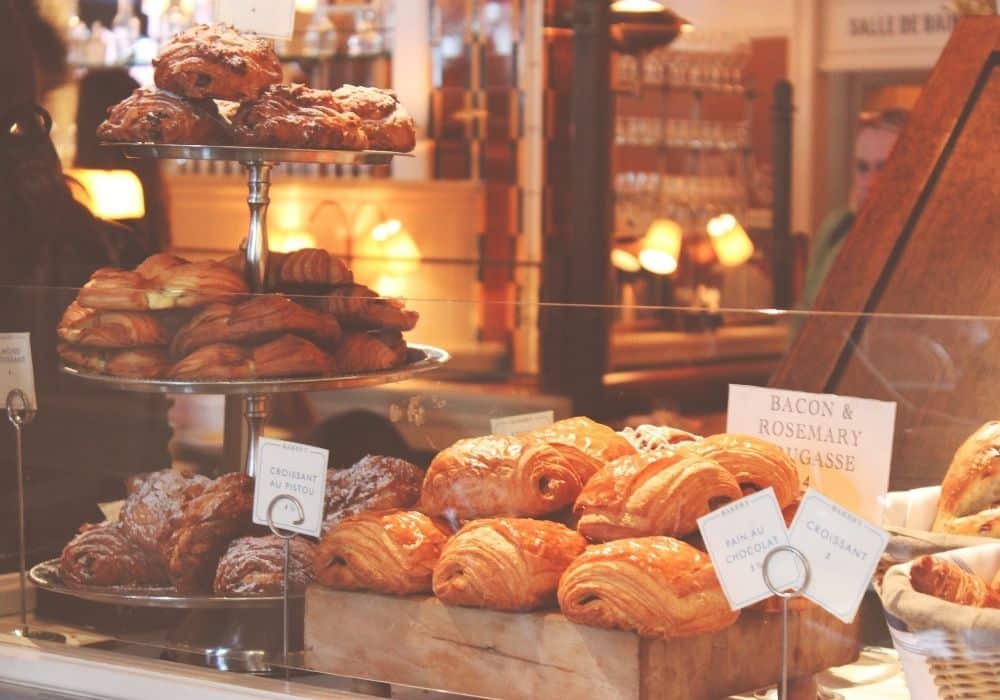Flavour of January: The Artisanal Rise
The allure of from-the-farm produce is irresistible. More chefs and bakers are incorporating it and more customers want it. We take a look at the artisan journey and why it could be back in a big way.
Written by Nichola Davies, Editor of Baking Business.
Sowing and reaping has always had its benefits: the food is fresh, sustainable, and better for the local economy. It’s also got that something special – the made with love factor that sells an enchanting story.
Australia has a long history of quality artisan producers. Celebrating the farm-to-plate ideology, however, is only a recent phenomenon, born out of consumer affluence and metropolitan lifestyles.
To fully appreciate Australia’s love affair with boutique food producers, let’s take a step back in time to a world before sushi trains, pizza joints and supermarkets.
Australia’s first people were mainly hunter-gatherers, employing an array of lightweight techniques depending on habitat, rather than farming crops and domesticating animals in the way the Europeans went on to do.
Stores of rum and beer, along with grapevine cuttings for wine, coffee plants and ginger, were unloaded in 1788 with the First Fleet and, by the 1820s, grazing lands were producing meat and flour.
The influx of migrants from Europe and North America during the gold rushes of the 1850s spurred the popularity of coffee and street vendors who typically sold pies and Cornish pasties. The new arrivals also developed a taste for Chinese food with fresh green vegetables available in China towns, especially those in port cities.
From the 1800s, grand ornate coffee palaces offered more alternative social venues to the alcohol-fuelled atmosphere of pubs. Coffee lounges became part of the modern jazz culture of the 1920s and ’30s, and expanded with the influx of North American servicemen and European migrants in the ’40s.
At the time of Federation in 1901, a change in eating reflected new values. Outdoor picnics were enthusiastically adopted, and the barbecue was born. With it, came demand for fresh meat including mutton, beef and lamb.
Innovations based on new ingredients soon created new recipes. Desserts, cakes and biscuits, including pavlovas, lamingtons and ginger biscuits, were swished down with a cup of tea. Phrases like a ‘billy of tea’, and later additions such as Anzac biscuits and Vegemite, were added to the vocabulary.
At the end of the Second World War (1939-45), there was another influx of migrants, which brought yet another round of new flavours including spices, vegetables and grains. A willingness to experiment and discover new tastes transformed Australian cooking, which quickly began to be defined by origin such as Mediterranean, Asian, Indian and African.
The commercial revolution of the 1950s brought wealth not before seen in Australia and, with it, a surge in processed foods marketed as quick and convenient ways to feed the family. Sliced, diced and neatly packaged food is still embraced to this day, however, health trends in the 1980s laid the foundations for a more nutritionally aware population.
After decades of eating refined foods, we now have a more health- and environment-conscious populace that is increasingly demanding fresh food. Importantly, the masses now care where their food comes from, and it’s opening up huge possibilities for small artisan producers that would once have had a limited consumer base.
In short, artisans are back and they’re here to stay.
-
Stay up to date with the latest news, industry insights and Fine Food Australia updates.
- Subscribe
